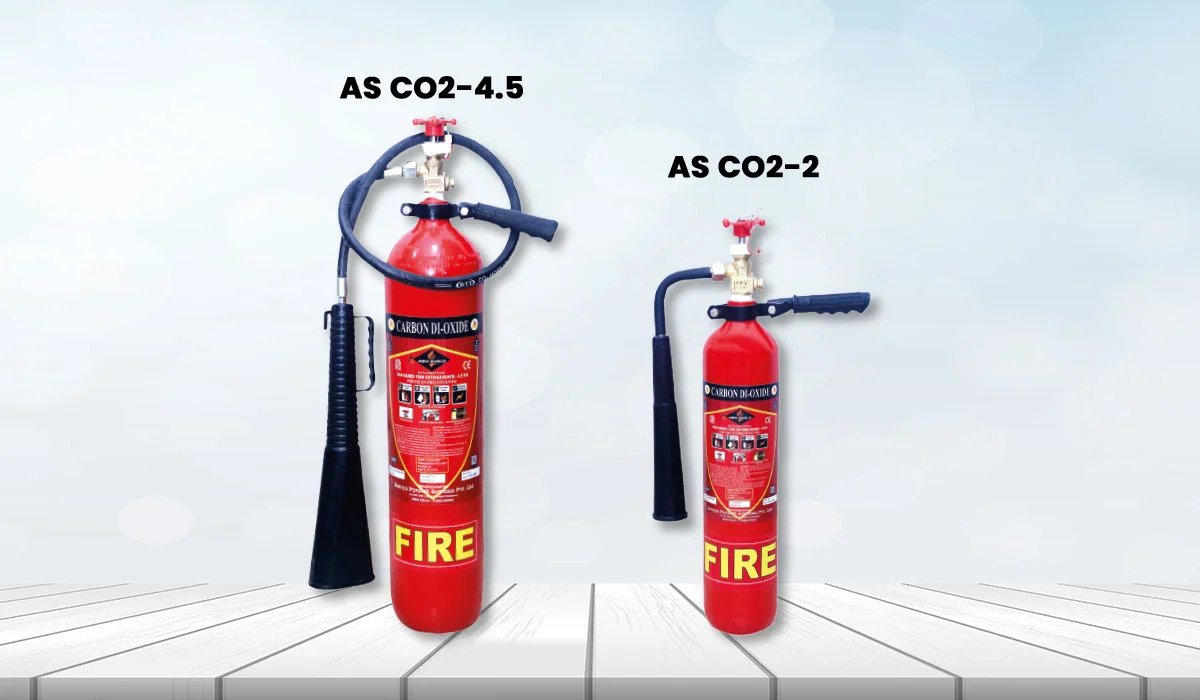When it comes to hospital fire safety, there’s no room for compromise. With vulnerable patients, complex equipment, high oxygen levels, and 24/7 operations, hospitals face a unique set of fire risks. One of the most critical elements of a hospital’s fire safety strategy is the proper selection and placement of fire extinguishers.
In this blog, we’ll help hospital administrators, facility managers, and healthcare planners understand how to choose the right fire extinguishers for hospitals in compliance with Indian fire safety norms and international best practices.
🏥 Why Fire Safety in Hospitals is Critical
Hospitals are high-risk buildings because they combine:
- Flammable materials like oxygen cylinders, alcohol-based sanitizers, chemicals
- Continuous electrical equipment usage (ICUs, labs, diagnostic centers)
- Crowds of non-ambulatory or unconscious patients
- High-density staff and visitors
- Infrastructural complexity (multi-floor buildings, wards, OT, kitchens)
That’s why a hospital needs a variety of fire extinguishers, carefully placed and regularly maintained.
Step 1: Identify Fire Risks in Different Hospital Zones
Different zones within a hospital require different types of extinguishers:
| Hospital Area | Common Fire Risk | Recommended Extinguisher Type |
| General Wards & OPD | Paper, cloth, mattresses (Class A) | ABC or Water Mist |
| Operation Theatres (OTs) | Electrical & oxygen-rich environment | Clean Agent or Water Mist (non-conductive) |
| ICU & Diagnostic Rooms | Sensitive electronic equipment | CO₂ or Water Mist |
| Kitchen/Canteen | Oil & grease fires (Class K) | Wet Chemical (Class K) or Foam (AFFF) |
| Electrical Rooms | Switchboards, UPS, panels (Class C) | CO₂ Extinguishers |
| Labs & Pharmacies | Chemicals, solvents | Foam + ABC |
| Corridors & Common Areas | General purpose | ABC Extinguishers |
Types of Fire Extinguishers Suitable for Hospitals
- ABC Dry Powder Extinguisher
- Covers Class A, B & C fires
- Multipurpose and cost-effective
- Leaves residue—not ideal for sensitive areas
- CO₂ Fire Extinguisher
- Ideal for electrical fires
- Leaves no residue—perfect for ICUs, labs, diagnostics
- Water Mist Fire Extinguisher
- Safe on electronics and humans
- Best for OTs, patient rooms, and general areas
- Eco-friendly and non-conductive
- Foam (AFFF) Fire Extinguisher
- Good for flammable liquids like cooking oil
- For kitchens, fuel storage, and HVAC areas
- Wet Chemical Extinguisher
- Specifically for oil and fat fires (Class K)
- Use in hospital kitchens or cafeterias
- Clean Agent Extinguisher (HCFC/FE-36/NOVEC 1230)
- Safe, non-toxic gas-based extinguishers
- Recommended for server rooms, MRI units, and operation theatres
How Many Extinguishers Does a Hospital Need?
As per IS 2190:2010, and recommendations by the National Building Code (NBC):
- One 4kg/4L extinguisher for every 100 square meters of floor area (low-risk zones)
- One 6kg or more for high-risk zones like labs, kitchens, and electrical rooms
- At least one extinguisher near exits, lifts, staircases, and emergency wards
- Travel distance to the nearest extinguisher should be <15 meters
✅ Tip: Get a professional fire risk assessment to calculate exact numbers and placement.
🔧 Installation & Maintenance Tips
- Mount extinguishers at eye level (3.5–5 feet above ground)
- Label each extinguisher type with visible signs and usage instructions
- Train staff and conduct mock fire drills quarterly
- Opt for an Annual Maintenance Contract (AMC) for refilling and servicing
- Keep extinguishers away from sunlight, moisture, and corrosion
🛡️ Stay Compliant. Stay Safe.
Hospitals in India must comply with fire safety standards as per:
- National Building Code (NBC)
- BIS: IS 15683 & IS 2190
- State Fire Department NOC norms
- NABH fire safety accreditation
🚑 Need Fire Extinguishers for Your Hospital?
At Somya Pyrotek we provide hospitals with:
✔ ISI-marked fire extinguishers
✔ Expert fire audits & planning
✔ Installation and AMC services
✔ Staff training & signage installation
🌐 Website: [Fireextinguishers.co.in]
Final Thought:
In a hospital, every second matters—and so does every fire extinguisher. Don’t just install them—install the right ones in the right place. A small investment in fire safety can save hundreds of lives.
